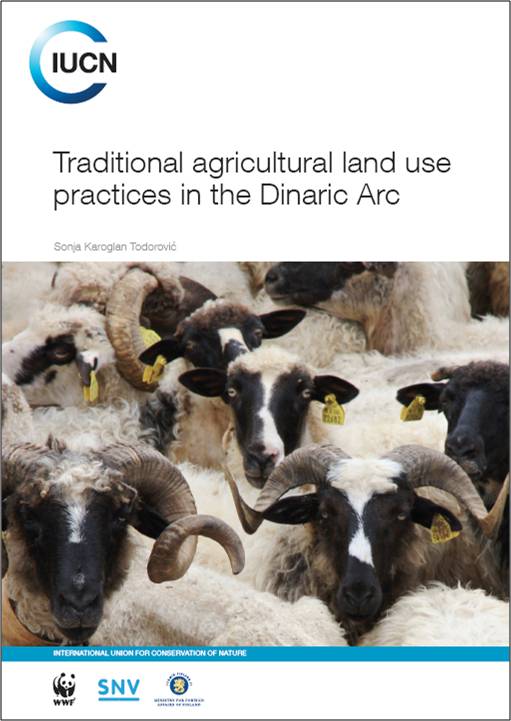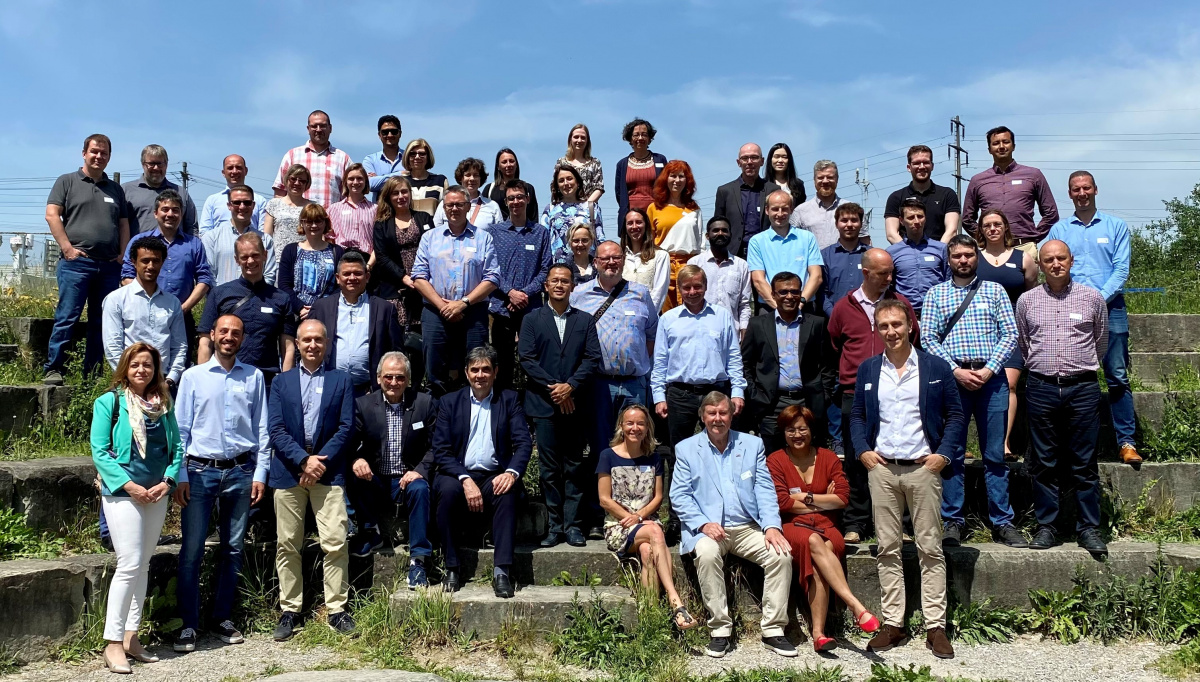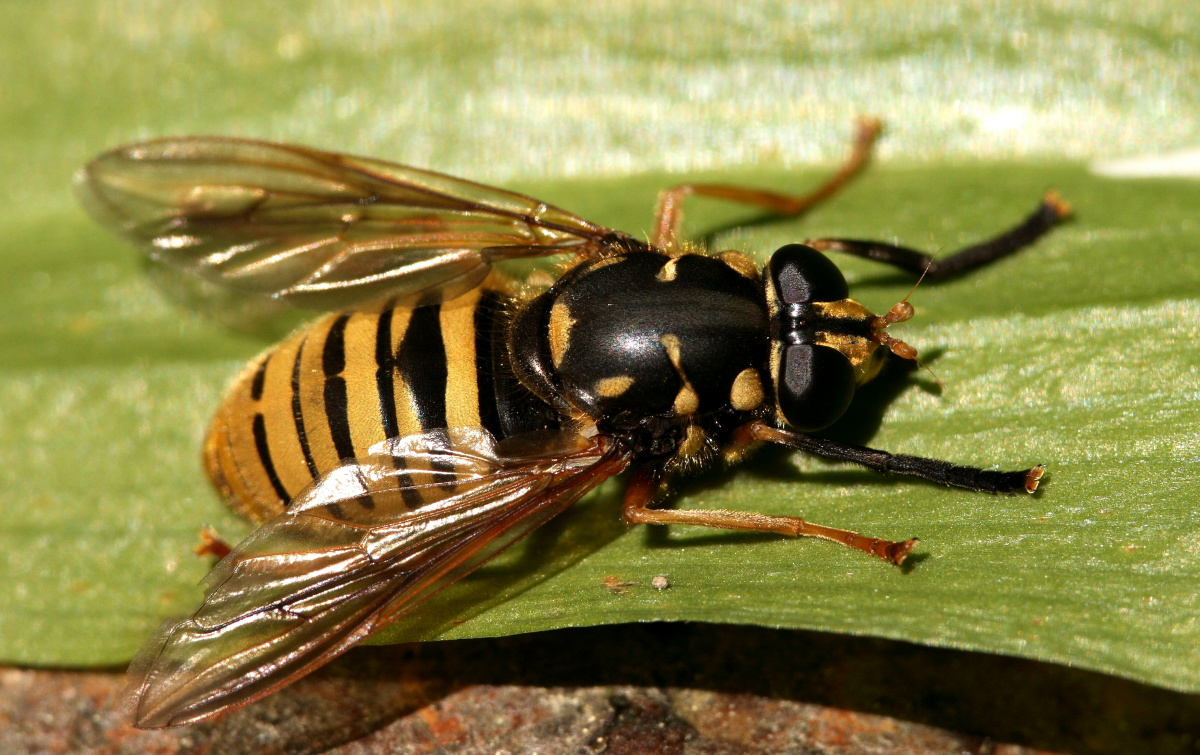Traditional agricultural land use practices in the Dinaric Arc
This recently finalized manual explores existing traditional agricultural practices in the transboundary sites NP Plitvicka jezera-NP Una, NP Durmitor-NP Sutjeska, NP Tara-Drina, Neretva delta, and Mountain Dinara, and identifies mechanisms for the maintenance and extension of these practices. Published by IUCN, SNV and WWF, it proposes an entire spectrum of measures that could revitalise the rural areas of the Dinaric Arc and enable farmers to focus on the type of management that would protect biodiversity.

Photo: IUCN
Rich biological and landscape diversity of the Dinaric Arc was influenced by humans over the centuries, who have turned its primary scenery into semi-open, semi-natural landscapes with diverse habitats, flora and fauna. Agriculture, plants cultivation of and especially livestock grazing, have played a key role in this transition.
The manual ‘Traditional agricultural land use practices in the Dinaric Arc’ provides an overview of market opportunities for local products, analyses the complex array of issues that traditional agriculture faces and offers possible solutions. The successful cases from other parts of Europe presented in the publication can be used to inspire and encourage farmers and their associations to undertake nature-friendly practices. Local authorities, policy makers and natural resource managers can use it to devise and support implementation of measures that will help preserve Dinaric Arc’s biodiversity.
The Dinaric Arc area has great development potential provided that it is recognised by the people inhabiting the area, and included in the national and regional policies. Support to the sustainable tourism, organic and traditional agriculture, revival of craftsmanship and small enterprise, promotion of traditional agricultural products can certainly be an excellent driving force for development in the region.



